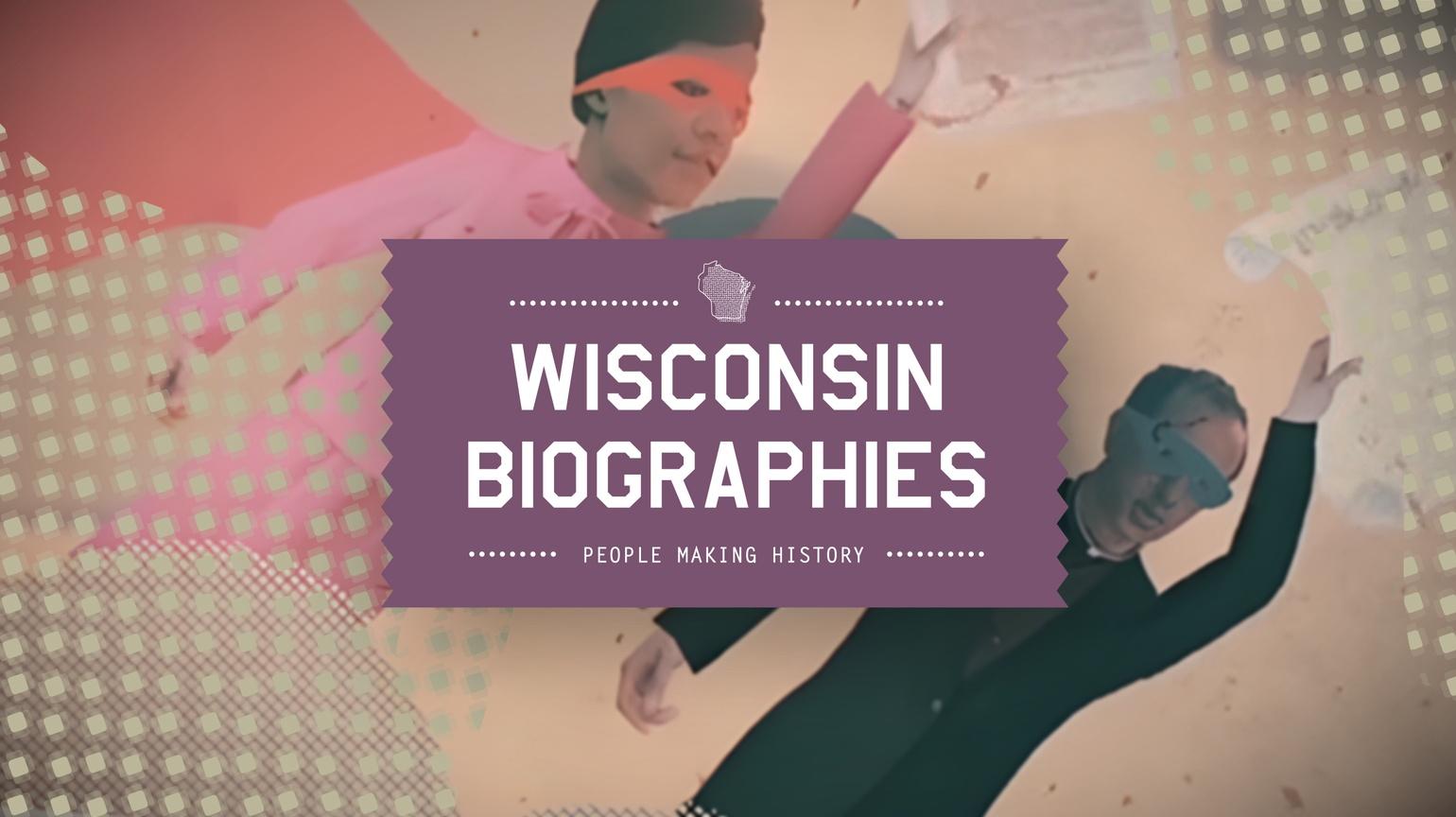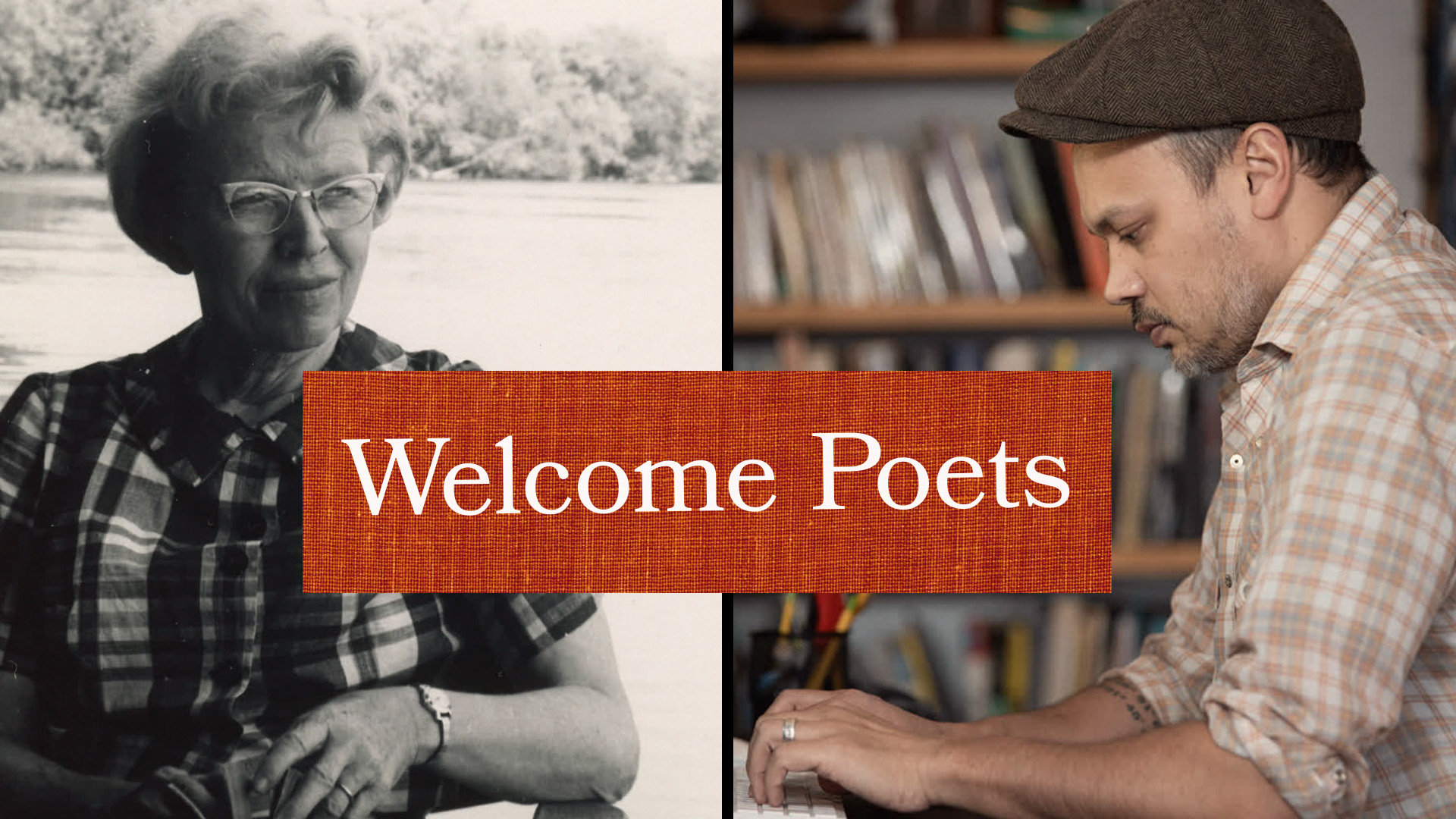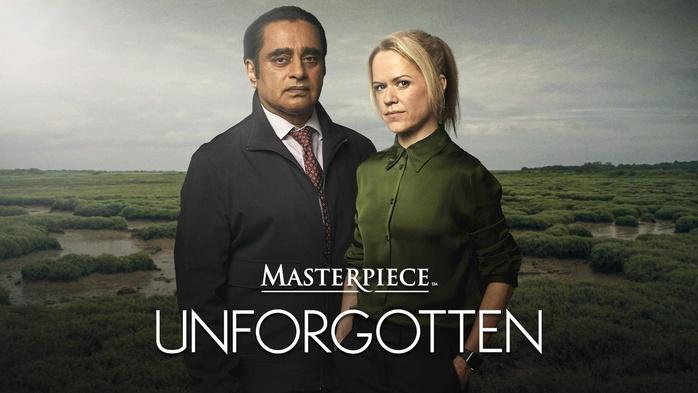Frederica Freyberg:
Wisconsin’s population is on a steep decline. The latest projection from the state Department of Administration shows Wisconsin’s population is expected to decline by nearly 200,000 residents by 2050. It’s all about aging and babies and migration in and out of the state. But what are the implications for Wisconsin in the face of a population drop off? We turn to Dale Knapp, director of Forward Analytics. And thanks very much for being here.
Dale Knapp:
Great to be here.
Frederica Freyberg:
So we just kind of named what we think is going on, but what are the drivers of population decline in Wisconsin?
Dale Knapp:
Well, you know, the baby boomers that — that demographic, you know, is one of the drivers that they’re now entering their later years. But really the big, the two big drivers of this population decline that we’re now beginning to, to see is the lack of babies. We’ve seen the number of births drop every year but two since 2007. The births in 2023 were the lowest since 1942. That’s amazing. And then the other piece is the other component is migration. We saw big net migration into the state, into the 1990s, and it’s lagged ever since. And when you have the demographics that we do kind of baked into our future growth or no growth, you need migration into the state to fill those gaps. And we’re not seeing that.
Frederica Freyberg:
Where are population declines happening fastest in the state?
Dale Knapp:
They’re happening fastest in the rural North. You know, they’ve been, that’s been going on for 20 years. Slow growth and then some decline. We saw a bump in this last decade in the census in a number of counties in the north. But it was really all baby boomers that have retired moving north, which doesn’t help for workforce and those key things that they need to, you know, for their economy. But, you know, as they age, that’s going to, you know, they’re going to move on as well.
Frederica Freyberg:
So certainly people have been talking about this for a long time. We have known it has been coming, but is it worse than expected in your mind?
Dale Knapp:
No, I don’t — I think it’s a little bit worse because of the decline in births. Births generally move up and down in kind of cycles. And when birth started to decline in 2007, I think most demographers thought, you know, that was going to be temporary. It was going to be, you know, six, seven, eight, ten years. And it’s not been. It’s continued. And it’s happening, happening everywhere. And unfortunately, there’s really no signs that that’s going to change in the near future. And so I think that’s the — that’s the part that has sort of surprised us over, over the past, you know, 5 or 6 years and has made the projections as you look out, look, you know, much worse.
Frederica Freyberg:
So what are the implications for population drop offs of this magnitude?
Dale Knapp:
Well, you know, there’s a lot of implications. I think the number one that you look at is workforce. Our 25 to 64-year-old population is expected to decline by almost 200,000 just in this decade. And then more over the following couple of decades. We’re already looking at labor shortages everywhere throughout the state, so it’s not only going to continue, it’s likely to get worse. And then when you look at, you know, especially the declines in births, the impact there on schools whose funding is tied to enrollment, we’re likely to continue to see declining enrollment there and financial challenges for our schools.
Frederica Freyberg:
So meanwhile, Dane County is the total outlier with big projected population gains by 2050. What sets Dane County apart, and can it be replicated?
Dale Knapp:
Well, I think, you know, one of the — Dane County is unique in that it has both — it’s the home of state government and it has the major university. And I think when you look around the country, you’ll see that those counties that have that are generally more prosperous and growing and so Dane County has all of that. It kind of makes it a little bit recession proof to some degree, because you don’t have the economic fluctuations of laying off people as much with government. And so that’s part of it. But it’s also, you know, it’s become a place that has a lot to offer in terms of recreation and activities and restaurants, et cetera. And so people look at it and, you know, they see it as a great place to, you know, raise their kids whether they want to be in a more urban area, Madison, or in one of the — a little bit more outlying communities.
Frederica Freyberg:
All right. We leave it there. We will obviously be watching these numbers. Dale Knapp. Thanks very much.
Dale Knapp:
Thanks for having me.
Search Episodes

Donate to sign up. Activate and sign in to Passport. It's that easy to help PBS Wisconsin serve your community through media that educates, inspires, and entertains.
Make your membership gift today
Only for new users: Activate Passport using your code or email address
Already a member?
Look up my account
Need some help? Go to FAQ or visit PBS Passport Help
Need help accessing PBS Wisconsin anywhere?

Online Access | Platform & Device Access | Cable or Satellite Access | Over-The-Air Access
Visit Access Guide
Need help accessing PBS Wisconsin anywhere?

Visit Our
Live TV Access Guide
Online AccessPlatform & Device Access
Cable or Satellite Access
Over-The-Air Access
Visit Access Guide
 Passport
Passport






Follow Us